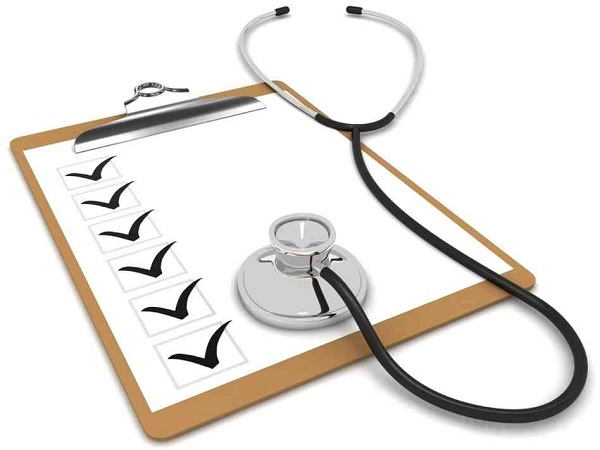AHA Releases Homestretch Checklist for Hospital Leaders
The American Hospital Association (AHA) has recently released a checklist of key steps that hospitals should take to ensure physicians, and hospitals are ready for a successful ICD-10 transition. According to a recent survey by Workgroup for Electronic Data Interchange (WEDI), half of physicians report not being ready and a quarter say they are unsure about their readiness.
Co-chair of the ICD-10 workgroup for WEDI, Jim Daley recently said, “Lack of readiness may lead to disruptions in claims processing”. Disruptions lead to payment delay.
The Centers for Medicare and Medicaid Services (CMS) is also planning to address the issues relating to transition during a Thursday, Aug. 27 national providers’ call.
Here’s the AHA checklist:
- Check Internal Systems
- Verify whether systems and applications within your organization, including vendor software updates, are ready for ICD-10.
- Evaluate staff training to ensure that all coders, clinicians and other staff who need to be trained are ready.
- Evaluate documentation improvement efforts, including tools to assist physicians and others in preparing supportive documentation. Ensure that your coding team can access ICD-10 coding guidelines and AHA Central Office advice, available at: ahacentraloffice.org.
- Evaluate your staffing for the transition, and estimate whether coding productivity will drop, and by how much. You may decide that additional staff are needed in the short term.
- Verify External Partner Readiness
- Ensure that your trading partners (health plans) are ready for ICD-10, and establish communication plans and policies between your organizations. Collect emergency contact information for your Medicare contractor and commercial insurers in case claims are delayed.
- Make sure you know your major trading partners’ rules and process for submitting replacement claims if you identify a coding problem that should be corrected.
- Check with your major trading partners for workers compensation, automobile insurance or other liability carriers that are not covered by HIPAA to ensure they will be transitioning to ICD-10. Make sure you understand the steps needed to limit delays in payment from these payers.
- Consider Financial Protections
- Establish metrics that track current claims volume along with associated monetary amounts to create a baseline for tracking future claims volume submitted and processed.
- Beginning Oct. 1, monitor the status of submitted claims to learn whether problems are occurring so they do not turn into financial hardships. Claim status inquiries are available from health plans either through their web portal or through health plan utilization of the HIPAA transaction standard for claim status.
- Take the time now to learn the policies and processes of your trading partners regarding advance payments if you experience payment delays. CMS has procedures that providers can follow for payment advances from Medicare in the event of financial difficulties due to a lag in Medicare billing and/or payments. They are available at: https://www.cms.gov/Regulations-and- Guidance/Guidance/Manuals/downloads/ fin106c03.pdf.
- Consider establishing credit lines that can be used if processing delays adversely affect the normal revenue cycle.
Resource: AHA



